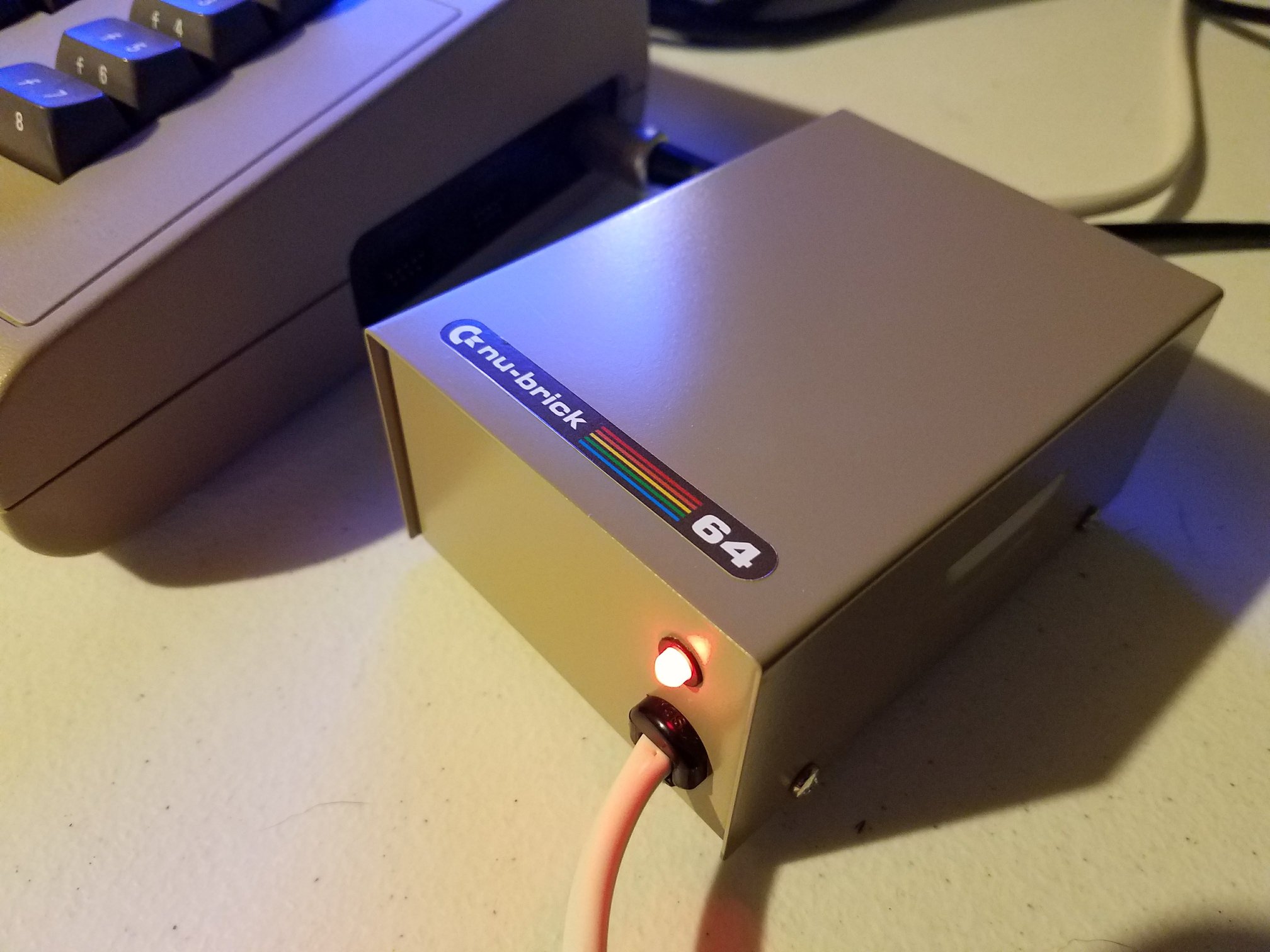From bare PCB to fully functional system, the Mini ITX Amiga build reaches its final stage in this RetroT4U episode. Neil wraps up the Denise board project by installing it in a case, adding a Terrible Fire TF536 accelerator, and testing it with both a classic demo and some legendary Amiga games. The Mini ITX Amiga build finally comes to life—and it works surprisingly well.
The episode kicks off with a hardware upgrade: swapping the 68000 CPU for a TF536 board with a 68030 processor, 64MB of RAM, and onboard IDE. This gives the build serious performance for Workbench and game testing. Neil carefully installs a relocator board to align the socket, avoiding a tight capacitor spot that could cause issues. Once seated properly, the Denise board looks ready for action.
With a custom 3D-printed backplate and Pico PSU for power, the Denise board is mounted into a Mini ITX case. Basic wiring is done—power, video, audio, keyboard, and mouse are hooked up. Once turned on, the system boots into Kickstart 3.2 and then into AGS, the popular pre-configured Amiga environment running from an SD card. From there, it’s time to see what the Mini ITX Amiga build can actually do.
Neil fires up “State of the Art,” a classic Amiga demo, and it plays through flawlessly. Then it’s on to some fast-paced gaming with titles like SWIV and Speedball 2. Gameplay is smooth and stable throughout, even with demanding graphics. Neil jokes about his lack of skill, but the system itself proves rock solid.
He ends the episode with a note that more upgrades—like GoTek integration—are coming soon. The Denise board handles everything thrown at it, and Neil seems genuinely pleased. For fans of compact Amiga builds, this is worth a watch.
Denise PCBs are available through Tindie and Flamelily, with full project details listed on Enterlogic’s official page.







